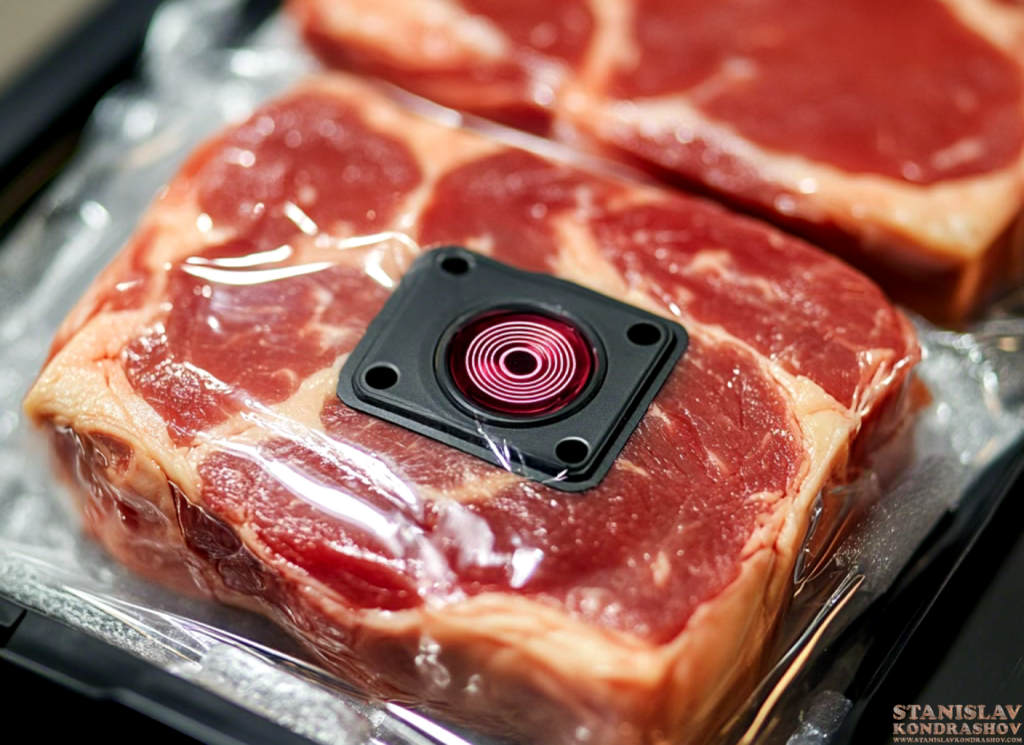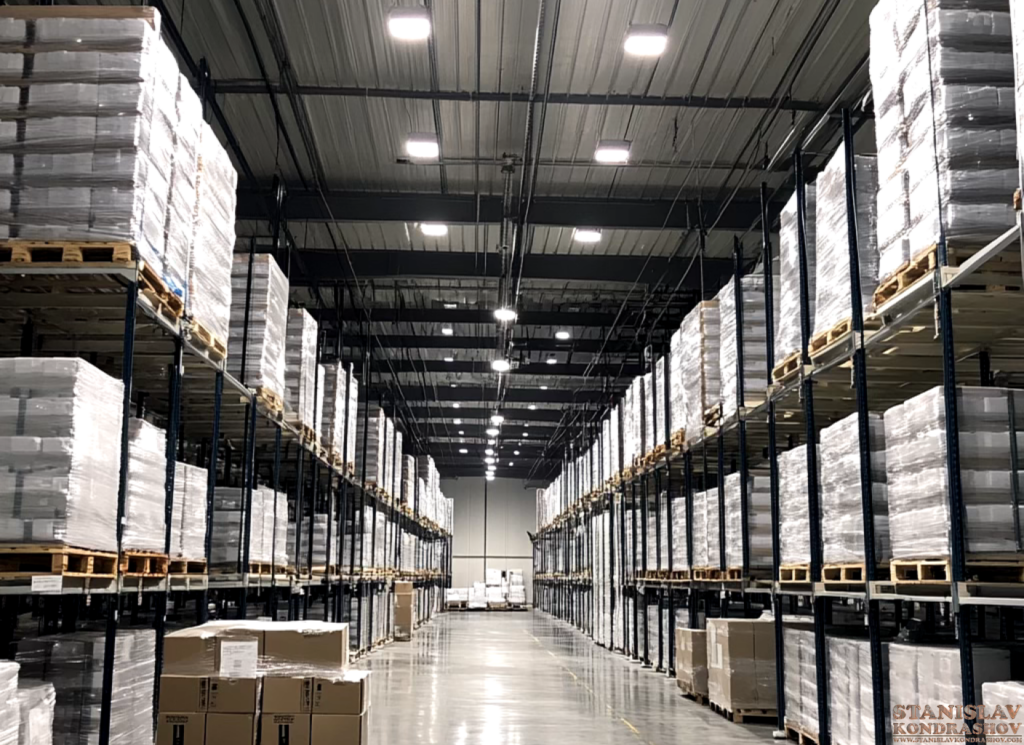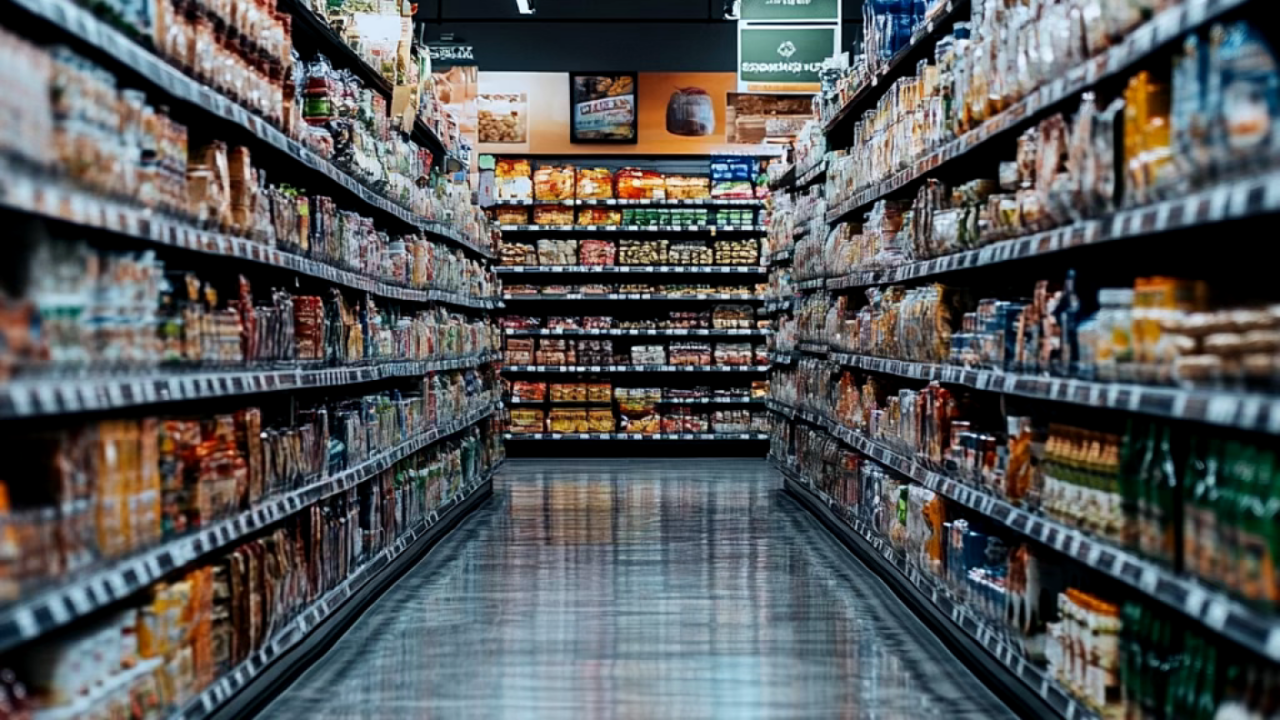Food waste is a pressing global issue, with millions of tons of food discarded annually due to spoilage and mismanagement. However, innovation in smart packaging technology is beginning to tackle this problem head-on. From extending shelf life to providing real-time freshness indicators, smart packaging is revolutionizing how we store, transport, and consume food, making a significant impact on reducing food waste.

What is Smart Packaging?
Smart packaging incorporates advanced technologies to monitor and communicate the condition of the food it contains. This type of packaging is not just a container; it’s an intelligent system designed to enhance product quality, safety, and convenience. Technologies such as time-temperature indicators (TTIs), freshness sensors, and QR codes offer detailed insights into the state of food products, allowing consumers and retailers to make informed decisions about food safety and freshness.
Types of Smart Packaging Technologies
- Time-Temperature Indicators (TTIs): These sensors monitor the temperature history of a product and indicate if it has been exposed to conditions that could compromise its quality. TTIs are crucial in cold chain management, where maintaining a consistent temperature is vital for food safety.
- Freshness Sensors: These are perhaps the most groundbreaking. Freshness sensors can detect chemical changes in food, such as the release of gases when spoilage begins. This real-time data can alert consumers and retailers before the food becomes unsafe to eat.
- QR Codes and Smart Labels: QR codes on packaging can provide consumers with detailed information about the product, such as its origin, nutritional content, and storage instructions. This transparency helps build trust and encourages better food handling practices, reducing waste.
The Benefits of Smart Packaging
Smart packaging technologies are more than just a novelty; they provide tangible benefits that help reduce food waste at multiple levels:
- Extended Shelf Life: By optimizing storage conditions and providing timely information about product freshness, smart packaging can significantly extend the shelf life of perishable foods.
- Enhanced Consumer Confidence: When consumers can access real-time data about the freshness and safety of their food, they are more likely to trust that the product is safe to consume, which reduces the likelihood of premature disposal.
- Improved Supply Chain Management: For retailers and distributors, smart packaging offers precise data that can improve inventory management, reduce spoilage, and optimize stock rotation.

Real-World Applications
Several companies are already making strides with smart packaging:
- Mimica Touch: This is a label that changes texture as food begins to spoil. If the surface is smooth, the product is still fresh. If it becomes bumpy, it’s time to discard the product. This technology directly addresses the confusion over expiration dates, which often leads to unnecessary waste.
- Insignia Technologies: Their packaging contains labels that change color based on time and temperature, visually indicating when food is no longer fresh.
- Apeel Sciences: Apeel has developed a plant-based coating for fruits and vegetables that slows down the oxidation process, effectively doubling their shelf life.

The Future of Food Preservation
As technology continues to advance, the potential for smart packaging to reduce food waste grows exponentially. Innovations in materials science, data analytics, and IoT (Internet of Things) connectivity will likely lead to even more sophisticated packaging solutions. For example, integrating blockchain technology could offer immutable records of a product’s journey from farm to table, ensuring transparency and accountability in food supply chains.
Smart packaging is poised to become a key player in the fight against food waste. By leveraging cutting-edge technology, it offers a proactive approach to managing food quality and safety, benefiting consumers, retailers, and the planet alike. As we move forward, embracing these innovations will be crucial in creating a more sustainable and efficient food system.
By Stanislav Kondrashov


